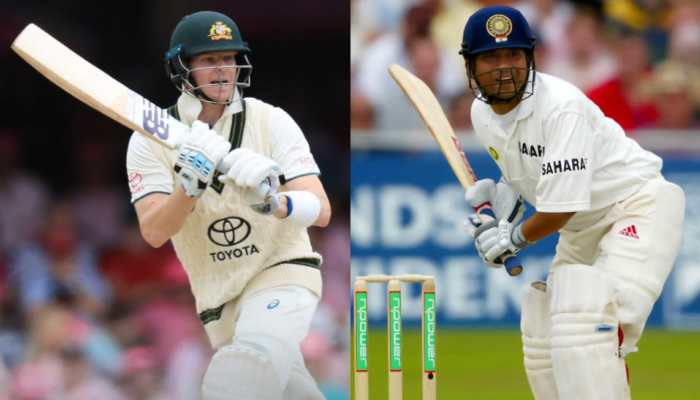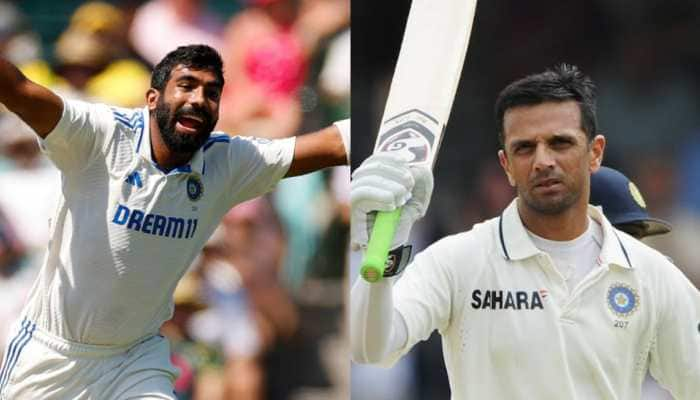Paying premium to insurance companies is not universal health care
The budget placed by the Finance Minister has only shown that the government has practically run out of ideas.
Trending Photos
)
In my pre-budget piece, I had pointed towards at least three sets of challenges faced by the Modi government, on the eve of the budget—firstly, the issue of a growth and investment slowdown; secondly, the problem of revenue generation and thirdly, the problem of rural distress. It was predicted in the piece that the government will have a tough time in meeting these three challenges simultaneously given the limited elbow room that it is facing in the economic sphere.
The budget placed by the Finance Minister has only shown that the government has practically run out of ideas about how to meet the problem faced by the economy. Firstly, there seems to be a sense of denial that the Finance Minister has shown about the growth slowdown in the economy. He has talked about the fact that he ‘hopes to grow at 7.2% to 7.5% in the second half’. But the Finance Minister has forgotten to state that the advanced estimates of the Central Statistic Office already pegs the growth rate of the economy at 6.1% (in terms of Gross Value Added) for the whole year. The fact that the FM did not report this in his speech only shows his denial mood.
Since Jaitley is in the denial mode it was easy for him to predict that “We are now firmly on course to achieve high growth of 8% plus”. This assessment, however, is not shared by the Economic Survey, which rather states that such a turn around ‘cannot be taken for granted’. The budget, however, seems to indicate that the government has no well thought out the roadmap towards bringing in such a turnaround. It has relied more on rhetoric than on substance in this budget.
This reliance on rhetoric is most visible in the case of agriculture and rural development. The FM has spent a significantly large part of his time on discussing agriculture and rural development. He has declared that “In the year 2018-19, for creation of livelihood and infrastructure in rural areas, total amount to be spent by the Ministries will be Rs. 14.34 lakh crore”.
This huge sum seems to have bowled the media into characterising this as a major boost for the rural areas. This, however, is nothing but jugglery with numbers. What this number includes is Rs 11 lakh crore as agriculture credit. It must be remembered that credit is not government expenditure. You take credit from banks only to return them back. It does not go out of government budget.
Already, in 2017-18 the target for agriculture credit was set at Rs 10 lakh crore, out of which Rs 5.88 lakh crore credit was disbursed from banks till September 30, 2017. Another Rs 1 lakh crore of agriculture credit is not going to solve the problem. In fact, a large part of the problem is in terms of loans that farmers have taken and are not being able to return them. The government has said nothing about waiving those loans, which has been a major demand of the recent farmer movements.
However, it has announced that the Minimum Support Price (MSP) paid to the farmers will be 1.5 times their cost of production. This has been done purportedly to increase farmers’ income. It must, however, be pointed out that in 2016-17 out of the total production of wheat in the country, around 23% was procured by the government, for rice the number was around 34%. In other words, most of the crops are not sold to the government. How far the government is going to procure food grains through MSP remains to be seen.
Going beyond the rhetoric a look at the data suggests that far from increasing the expenditures in agriculture and rural development, the expenditure on agriculture, rural development and irrigation as a share of GDP will remain stagnant at 1.6% of GDP between 2017-18 Revised Estimates (RE) and 2018-19 Budget Estimates (BE). In short, therefore, there is no push being provided to the rural areas or agriculture. The Economic Survey had pointed out that the Gross Capital Formation (or investment) has witnessed a decline as a share of agriculture GVA. The government, however, is not doing much to reverse that decline. Moreover, with all the talk about providing employment in rural areas, the government has not increased the allocation for the MGNREGA even by a rupee!
The other area where the FM gave significant emphasis was on health and education. In fact, he declared a health scheme which will give Rs 5 lakh cover for hospitalisation to be provided to 10 crore families belonging to the poorer sections. The idea of providing insurance coverage to the poor by paying premiums to the insurance company is not what universal health care is about.
Instead of spending the money on insurance companies and through them to the private healthcare sector, the government should have increased the allocation on health. However, nothing much has been done in this regard. The expenditure on health will only increase from Rs 53198 crore (2017-18RE) to Rs 54667 (2018-19BE) crore or by only Rs 1469 crore, which is not even near the expenditure that is required to go in for the proposed health scheme. Thus, even in this case, the tall words of the FM are not backed by budgetary resources.
On the fiscal front, as we had predicted earlier, the government has failed to meet the fiscal deficit target of 3.2%, with the final number stated to be 3.5% of GDP. But because the government is committed to its policy of fiscal conservatism it has again decided to reduce the fiscal deficit to 3.3% of GDP in 2018-19. This is being projected on the basis of two factors. Firstly, the budgeted total expenditure of the government as a share of GDP will decline from 13.3% of GDP (2017-18 RE) to 12.9% (2018-19 BE). Secondly, the government is projecting a huge increase in GST collection amounting to more than Rs 6 lakh crore, while the collection in this fiscal was around Rs 2.2 lakh crore.
This comes on the backdrop of the assumption that the nominal growth rate of GDP will be 11.5%. If this falls short, the GST collections will suffer. Moreover, oil prices are rising in the international market, which will exert downward pressure on the growth rate, since India is a net importer of oil. The excise duties on oil might have to be reduced to give relief to the people. All this can seriously jeopardise the fiscal deficit and revenue projects of the government.
The government, as predicted in my earlier piece, did not go for increasing the direct taxes through wealth tax or increasing the tax rate on the corporates. They have rationalised long term capital gain tax which is estimated to generate revenue worth Rs 20000 crore this fiscal. The budget has also reduced tax rate to 25% for companies with an annual turnover of up to Rs 250 crore. The idea of boosting investment through tax concessions is a time-tested one and evidence shows that such tax concessions have a very limited impact on investment. Rather, the government could have taken definitive steps to solve the bad loan problem. But such decisive steps were clearly lacking in the budget.
In the ultimate analysis, the budget will do precious little for addressing the serious issues affecting the economy. Being high on rhetoric, however, the propaganda machinery of the ruling party and government will project this as a people-friendly budget in an election year. The politics will play itself out, while the much promised ‘ache din’ for the economy and common people, will remain elusive.
Subhanil Chowdhury is Assistant Professor of Economics at IDSK, Kolkata. He is expert in Macroeconomics, Development Economics and Globalization.
(Disclaimer: The opinions expressed above are the personal views of the author and do not reflect the views of ZMCL)
Stay informed on all the latest news, real-time breaking news updates, and follow all the important headlines in india news and world News on Zee News.
Live Tv







)
)
)
)
)
)
)
)
)
)
